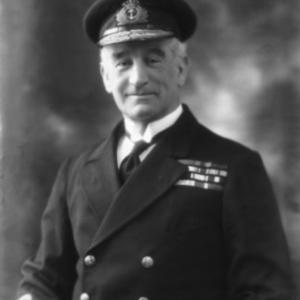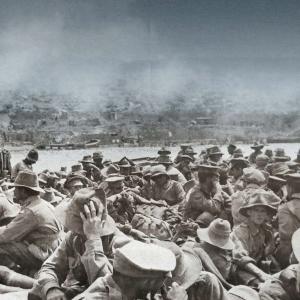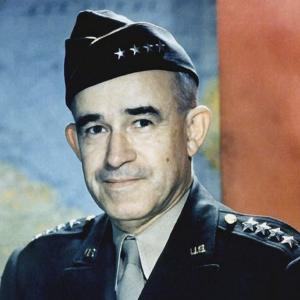
RAF Sea Venom
The aircraft was the Royal Navy’s carrier-capable adaptation of de Havilland’s post-war Venom family — a twin-boom, single-jet machine turned into a two-seat, all-weather naval interceptor and fighter-bomber. It was produced by the de Havilland Aircraft Company, founded by Geoffrey de Havilland, with licence production in France under the name Aquilon. The design took an existing successful airframe and modified it for carrier use by adding structural strengthening, a tailhook, and folding wings so it could operate safely from the limited space aboard aircraft carriers.
Development grew out of the Venom programme and first flew in 1951. Engineers at de Havilland adapted the basic layout to meet naval needs, fitting a long-stroke, strengthened undercarriage for deck landings, a retractable tailhook that gave the type its distinctive lip over the jetpipe, and a modified canopy ejection system designed to improve aircrew survival in emergencies. The French manufacturer SNCASE built its own version for the French Navy using the same core design.
Production was carried out in several marks: the FAW.20, FAW.21, and the improved FAW.22, while the Royal Australian Navy operated the FAW.53. Around 50 FAW.20s, 167 FAW.21s, and 39 FAW.22s were built in Britain, with additional airframes completed in France. Altogether, a few hundred aircraft were produced, forming the backbone of carrier-based jet fighter capability for the Royal Navy, France, and Australia during the 1950s.
The fighter was crewed by two: a pilot and a radar operator seated behind. Its twin-crew arrangement reflected its role as an all-weather interceptor, using onboard radar to locate and engage targets in poor visibility. Performance for the FAW.22 variant included a top speed of about 555 to 576 mph, a range of roughly 700 miles, and a service ceiling close to 39,500 feet. It was powered by the de Havilland Ghost turbojet, a centrifugal-flow engine known for reliability and simple maintenance.
Armament consisted of four 20 mm Hispano cannon mounted in the nose, each with about 150 rounds. Underwing pylons allowed rockets or bombs — typically eight 60 lb RP-3s or two 1,000 lb bombs — for ground-attack missions. Later versions were fitted to carry early guided missiles such as the Firestreak, adding a primitive but effective air-to-air capability.
Operational service included deployments with the Royal Navy’s Fleet Air Arm, the Royal Australian Navy, and the French Navy. It saw combat during the Suez Crisis of 1956, flying strike missions against Egyptian targets from carriers such as HMS Albion. French Aquilons were used during the Algerian War, and Australian squadrons operated from HMAS Melbourne through the late 1950s and early 1960s, providing fleet air defence until replaced by newer types.
In service, the aircraft proved to be effective and versatile for its time. It combined radar-guided interception with strike capability, giving smaller post-war navies a reliable multi-role jet. The pace of aviation advancement, however, meant its straight-wing design and moderate speed soon became outdated compared to the swept-wing, supersonic fighters that followed. Even so, it fulfilled its intended role successfully, offering dependable performance and solid carrier handling characteristics.
Special features included folding wings, a strengthened undercarriage, a robust arrestor hook, and the use of radar for all-weather operations. These made it well suited to life at sea and marked an important stage in the evolution of naval jet aviation.










